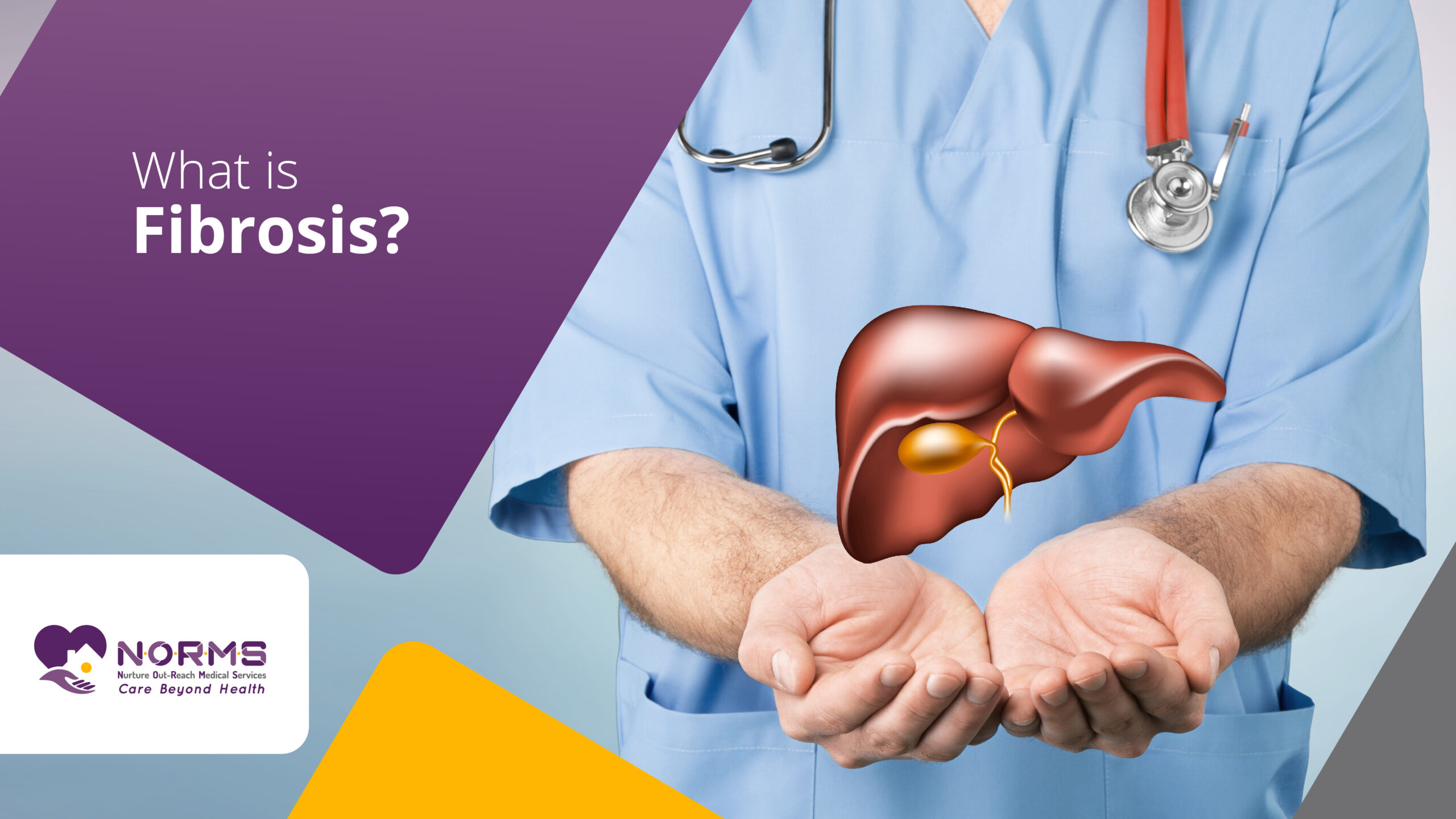
Periarticular fibrosis denotes the process of the reverse change of tissues that surround a joint, which results in a decline in mobility and pain in conjunction with discomfort. The presence of HF commonly worsens the person’s well-being that is seen through the disturbance of the daily activities as well as any other individual’s life. It is important that the aetiology, symptoms, and treatment solutions of the periarticular fibrosis disease are well understood in order for the patients to be managed well and the outcomes to be improved.
Periarticular fibrosis deals with the scarceness of fibrous tissue which is naturally present in the soft tissues that surround a joint. Examples of these tissues include tendons, ligaments, and capsules.
This production of fibrotic tissue in turn causes a lack of range of motion and joint ability, therefore movement becomes hard and ‘creaky’.
Due to the fact that long-term untreated intraosseous fibrosis can cause joint deformities and impair functionality, it is important to look for treatment options as early as possible.
Periarticular fibrosis can develop as a result of various factors, including:Periarticular fibrosis can develop as a result of various factors, including:
Dual injuries are the result of various processes such as fractures, dislocation and sprains which can initiate triggering of inflammatory response in surrounding tissues. Persistent inflammation results in the formation of scar tissues and fibrosis.
As part of the healing process after surgery the joint tissues may scar and be fibrotic while microdamage may be formed.
Fibrous tissue involved in conditions such as rheumatoid arthritis, lupus or ankylosing spondylitis will be formed from inflamed joints and they will cause chronic inflammation.
Many times, perpetual use of a joint or overusing a joint is seen in athletes or those who have particular professions. For these people, the gradual development of crystals happening to a peripheral tissue of the joint is observed.
Fibrosis in the periarticular tissues can be seen in both adults and elderly, and the incidences of the diseases are more commonly associated with older adults who have injuries or inflammatory conditions in the joints during their younger years. Joints of athletes, labourers and people engaged in physically demanding jobs are most exposed to chronic stress which could eventually lead to permanent damage.
There is a side of immune system disorders such as rheumatoid arthritis or systemic sclerosis, in which there is a predisposition to adverse fibrosis in the periarticular region, it is related to the chronic inflammation inherent in these disorders.
While there is no definitive cure for periarticular fibrosis, several treatment options can help manage symptoms and improve joint function
Particular exercises designed by professional PT can help joint flexibility boost and ease the tightness related to joint capsule thickening.
Manual therapy techniques, such as joint mobilisation or manipulation, would not only assist to reinstate joint mechanics back to normal, but also help reduce adhesion formation.
Taking NSAIDs or a steroid corticosteroid injection could be used for the purpose of pain reduction and inflammation associated with periarticular fibrosis.
In extreme cases when conservative treatments fail to provide relief and joint repair or reconstruction is needed, surgery may be surgically options include reversal of scar tissue, release of adhesions, and reconstruction of damaged joint structures.
Advanced methods such as PRP (Platelet Rich Plasma) injections and stem cell treatment, which appears to promote tissue healing and reduce fibrosis in the surrounding tissue of the joint.
Implementing a balanced diet, having consistent physical exercise, and keeping a desirable weight, all can contribute to the prevention of periarticular fibrosis and enhance the overall joint health in the near future.
Therefore, we can conclude that while this is a condition that can drastically affect joint mobility with proper care and effort towards the well being and proper treatment of our body, one can sustain their body even while suffering from periarticular fibrosis. While the process might be hard and painful, with adequate efforts to take care of oneself, anything is possible.
The term Periarticular fibrosis refers to the process of forming extra fibrous tissue, which happens in the surrounding area of the joint. These impediments may make certain physical activities less possible, increase their difficulty, and lead to sharp pain in the joints.
These soft tissues that surround joints can be affected from the traumatic injuries, chronic deformities associated with disease or degeneration such as arthritis.
A failed management of periarticular fibrosis may involve physical therapy, usage of anti-inflammatory drugs as well as steroid injections, joint mobilisation techniques and if necessary, surgical intervention by removing of the fibrous tissues and improving joint functionality.